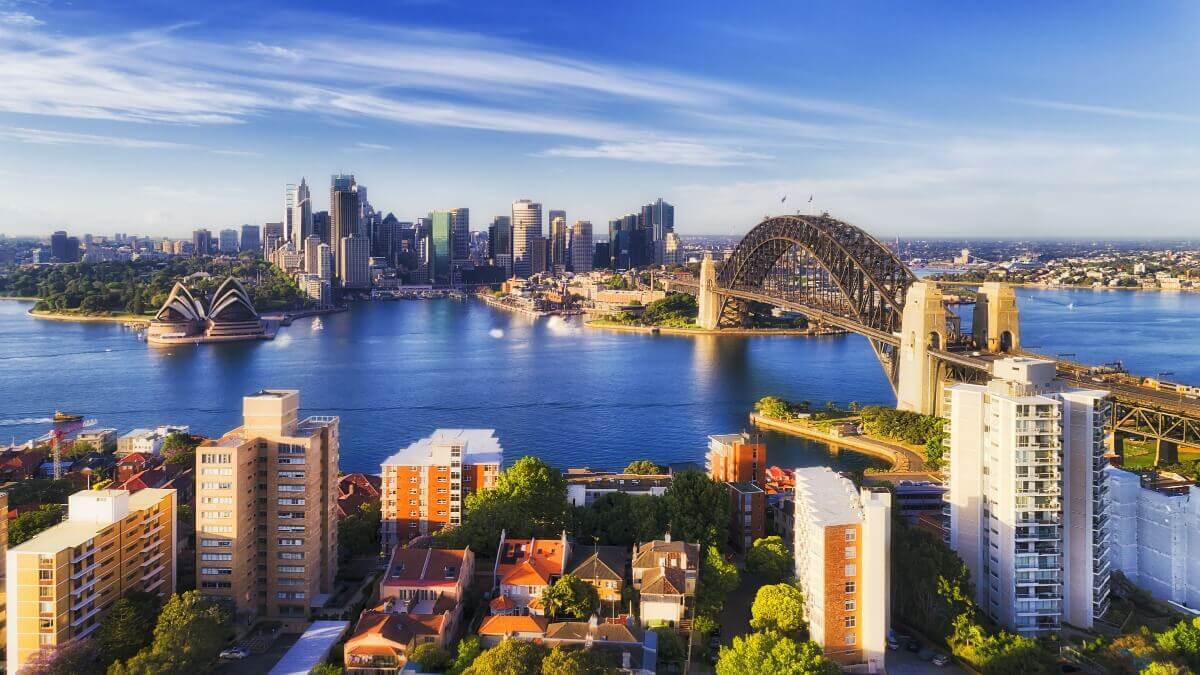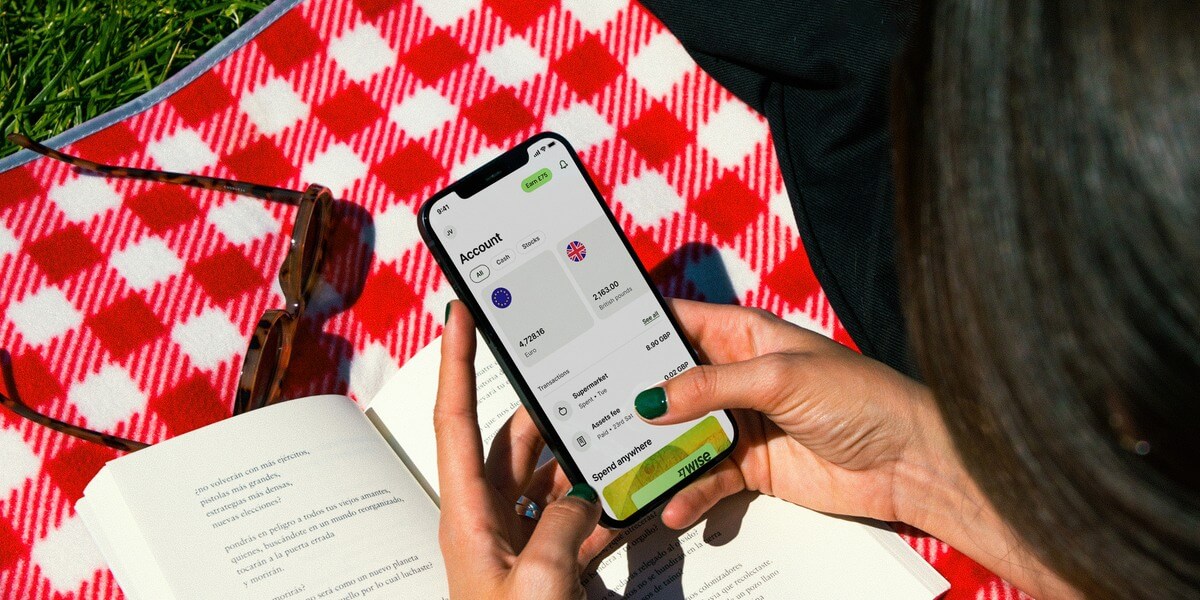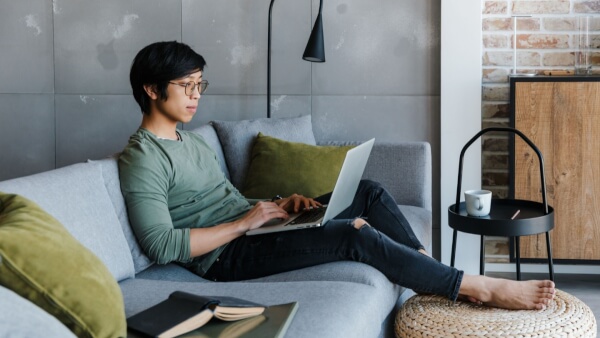How much is a security deposit? 2025 guide
Everything you need to know about security deposits

Having a home in Australia is a dream for many expats. But if you need financing, which most people do, then you'll need to understand how to get a mortgage in Australia as a foreigner.
Finding an expat mortgage isn't easy in Australia, so you should be prepared to seek local help and face higher costs than you might if you were a local - especially if you don’t hold long-term resident status.
However, owning your dream home in Australia is still achievable. This handy guide covers which banks and brokers offer mortgages and home loans in Australia to non-residents, the paperwork you'll need to get your loan, the legal ins and outs, and what it might cost.
Yes, US citizens can get a mortgage in Australia, but you'll need approval from The Foreign Investment Review Board (FIRB) first.
| Generally speaking, you can get mortgages in Australia if you are: |
|---|
|
That said, as a US citizen, you'll face stricter lending conditions than Australian expats or New Zealand citizens. This typically means higher interest rates, larger down payments, and more restrictive lending terms.
Foreigners can legally buy property in Australia, but you’ll have to seek approval from The Foreign Investment Review Board (FIRB).
| The FIRB charges a fee for their approval and tends to offer approval if the property you're buying is new, or the purchase somehow supports economic growth in the region (such as buying vacant land for development). |
|---|
As an expat, you can apply for a mortgage to pay for your new home, although individual banks will set their own terms, and many banks don't offer mortgage products to foreign investors.
There are no specific legal requirements beyond the FIRB approval but be prepared for a rigorous mortgage approval process.
Many different types of mortgages are available in Australia, but there are limited choices for foreign buyers. That said, typically, you can get a fixed-rate or a variable-rate mortgage:
Fixed-rate mortgages: Your interest rate stays the same for a set period. This gives you predictable monthly payments but might have higher rates initially and could include break fees if you want to refinance early
Variable-rate mortgages: Your interest rate can go up or down based on market conditions. This means less certainty in your monthly payments, but you might get rate decreases and usually have more flexibility with extra repayments
Another option you might see, especially if you qualify as a first-time buyer in Australia, is a hybrid option, which has an introductory offer of a discounted variable rate, before moving onto the bank’s SVR.
This is sold as a "honeymoon offer" for new customers but might end up costing more overall as the SVR isn’t necessarily the best rate available.
It’s a good idea to get some specialist advice from a qualified financial advisor or mortgage broker who can explain the options available to you - especially as a foreign buyer, who has a limited borrowing power in Australia.
Many major banks and building societies stopped offering mortgages to foreign buyers because of concerns about fraud. That means it might be difficult to find a loan if you’re an expat, especially if you don’t have long-term residency status.
Using a broker is a good idea if you’re struggling to find a product that suits you. But you might be able to get a local mortgage with one of the following brokers or banks:
- NAB offers home loans to expat permanent residents of Australia and selected temporary visa holders, but they are quite restrictive
- Homeloan Experts have a specific service for overseas buyers in Australia
- Map Home Loans are brokers who describe themselves as the number one service in Australia for non-residents seeking mortgage approval
If you struggle to find a mortgage locally, don’t forget that you might be able to take out a mortgage in your home country or use an international mortgage lender and use the funds to buy a property in Australia. Again, taking qualified legal advice is essential if you’re considering this.
Since getting a mortgage in Australia as a foreigner is complicated, it's a good idea to talk to a mortgage broker to see what your options are. You can also try to arrange a mortgage directly with your chosen bank, but that's the harder option.
A mortgage broker will have access to a large number of different lenders’ policies and offers, so you'll have a better chance of finding the best deal for you.
| Read further |
|---|
Foreign buyers typically need a large down payment to get an Australian expat mortgage. According to Homeloan Experts, one of Australia's brokers, most lenders require at least a 30% down payment with interest rates ranging from 6.50% to 8% per year.¹
Some lenders have more favorable rates - under 5% - if you can provide a larger down payment of 45% or more. To qualify for these better rates, you'll need to demonstrate high net worth and have income in a major currency like USD.¹
Overall, be prepared for a 30%+ down payment to get a non-resident home loan in Australia.
You can also expect to pay the following fees when applying for a mortgage in Australia:²
- Legal fees: Up to 3,000 AUD for conveyancing and contract review
- Loan establishment fees: Up to 1,000 AUD for setting up your mortgage
- FIRB application fees: Depends on property value
- Foreign citizen stamp duty: Depends on location and property value
- Property inspection fees: Up to 1,000 AUD for building and pest inspections
Both FIRB and stamp duty costs are based on the value of the home you’re buying.
If you’re trying to arrange your home purchase before moving to Australia, paying fees and incidental costs will be difficult unless you’ve already opened a local Australian bank account. Even then, if your main account is outside of Australia, you might need to send money to yourself from abroad to pay fees.
If you do, it’s important to check what you’ll be charged when you make an international money transfer. You’ll probably find that your home bank won’t offer you the best deal, and on such large amounts of money unfair charges quickly mount up.
Even if they claim to offer fee-free transfers, you can be sure that your bank’s cut will be rolled up into a poor exchange rate.

Now that we covered some of the basics, the only question left is: how to send money to pay for your property overseas?
Wise offers you a quick, secure and transparent way of sending money to Australia. You get the mid-market exchange rate for your payments and see how much it’s charged for the transfer before sending the money from your bank.
With the Wise Account you can also hold 40+ currencies, spend money in 150+ countries, and receive like a local in 9 different currencies.
Please see Terms of Use for your region or visit Wise Fees & Pricing for the most up to date pricing and fee information
Before you apply for a mortgage in Australia, it's important to understand what you're getting into and how to increase your chances of approval. Here are a few tips.
Get FIRB approval first: Your mortgage application can't proceed without Foreign Investment Review Board approval, so start this process early
Prepare for higher costs: You'll likely need to pay a larger down payment, higher stamp duty, and increased interest rates
Open an Australian bank account: This makes it easier to handle property-related payments and demonstrates a connection to Australia's financial system
Property restrictions: The FIRB typically only allows foreigners to buy new properties or vacant land for development
Find a broker: Working with a knowledgeable broker who regularly deals with foreign buyers increases your chances of success
The exact paperwork you'll need will depend on the bank and broker you use. However, you can expect to be asked for the following:
- Your passport or another valid form of ID
- Proof you qualify to buy a property under FIRB rules
- Proof of legal residence in Australia
- Documents to prove you're creditworthy (credit check, bank statements, proof of your wages, tax returns for the last three years, or a letter from your employer)
- Documents to prove the affordability of the mortgage (household cash flow statements, utility bills, or bank statements)
All of these documents should be provided to the bank to get a mortgage pre-approval, which means that they agree on how much they would lend you if you find a suitable property.
Once you have an offer accepted on a home you’ll have to sort out more paperwork, such as FIRB approval for the specific property.
To get a mortgage in Australia, you’ll generally need to follow these steps:
Step 1. Choose a mortgage broker
Getting a mortgage in Australia as a foreigner is complicated, so an experienced broker will increase your chances of success.
Step 2. Initial FIRB assessment
Check if you meet the Foreign Investment Review Board's basic eligibility requirements to purchase a property and apply for a home loan.
Step 3. Financial assessment
Work with your broker to determine how much you can borrow based on your income and Australian lending criteria.
Step 4. Mortgage pre-approval
You'll need proof of income, bank statements, identification, visa documentation, and other paperwork.
Step 5. Property search
Look for properties that meet FIRB requirements (typically new constructions or vacant land for foreign buyers).
Step 6. Make an offer
You may also have to pay a holding deposit when you do this.
Step 7. FIRB and mortgage application
Make a formal FIRB application for approval of your purchase and submit your complete mortgage application.
Step 8. Legal process
Choose a conveyancer who will help with the legal aspects of the purchase.
Step 9. Settlement
Once your mortgage is approved, your conveyancer will coordinate the settlement to register you as the property owner.
Australian residents can typically get home loan approval in 3 to 5 business days, but foreign buyers should expect a longer timeline. You'll also need to get FIRB approval, which stretches the timeline as well.³
If you're set on buying a house in Australia, you should be prepared for stricter lending criteria, higher interest rates, and larger down payment requirements than Australian residents.
It's possible to get an Australian mortgage - especially if you work with a good broker - but you could also explore applying for a mortgage in the US or working with an international lender.
When you’re ready, move money where it matters with Wise. You can send, receive, and hold AUD with low fees and no exchange rate markups, even on large amounts.
Sources
Sources checked 12.20.2024
*Please see terms of use and product availability for your region or visit Wise fees and pricing for the most up to date pricing and fee information.
This publication is provided for general information purposes and does not constitute legal, tax or other professional advice from Wise Payments Limited or its subsidiaries and its affiliates, and it is not intended as a substitute for obtaining advice from a financial advisor or any other professional.
We make no representations, warranties or guarantees, whether expressed or implied, that the content in the publication is accurate, complete or up to date.

Everything you need to know about security deposits

Learn all about different ways to get an overseas property mortgage as an American and gain unique insights to prepare yourself for the whole process.

Get a full overview of the best property management software systems for small landlords to easily track and manage their overseas property.

How to buy your first rental property overseas? Here's a detailed guide that can help you understand the challenges and steps for making an investment.

What are the best property management software systems for managing student housing? Take a look at our list and choose the most suitable option for you.

Are you thinking about making smart property investment decisions and wondering how rental yield is calculated? Have a look at our guide to find out.